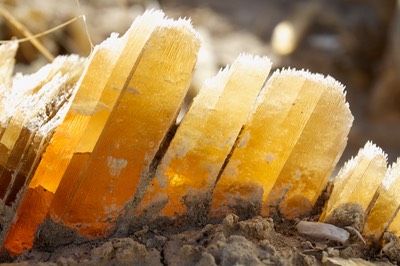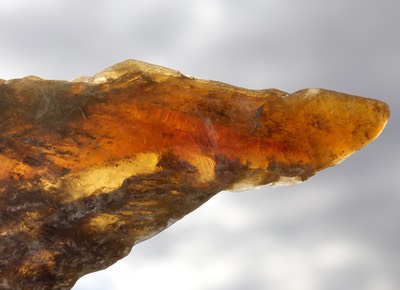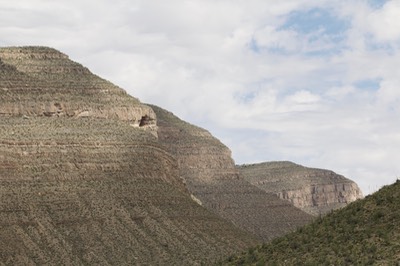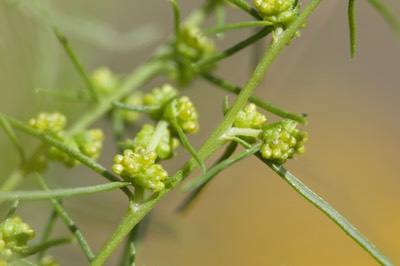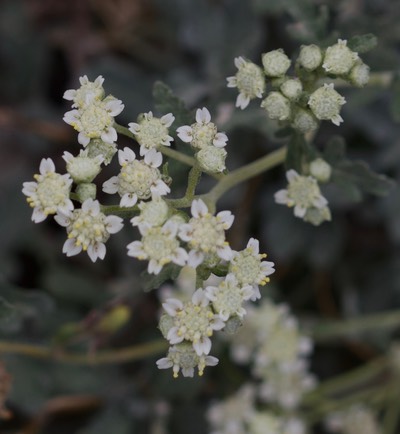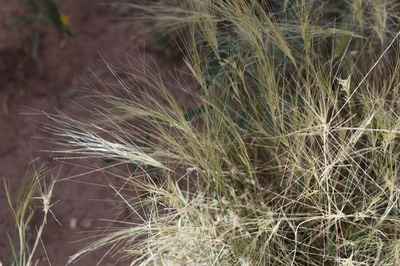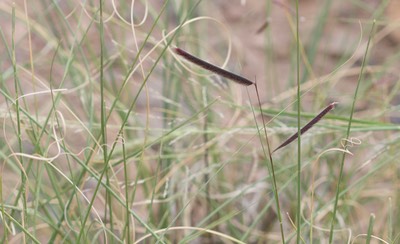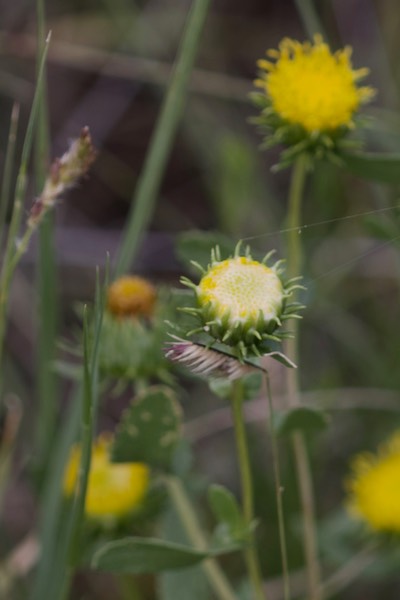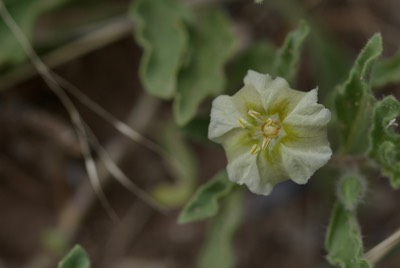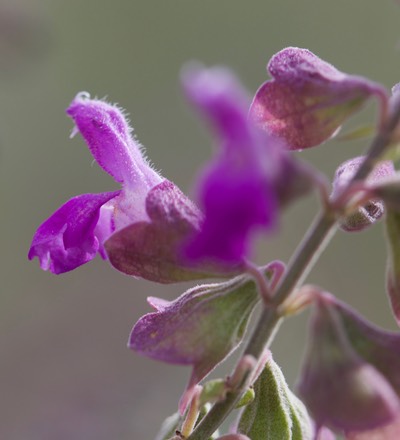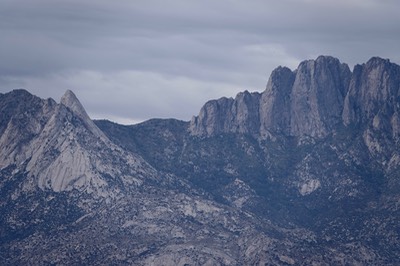Recently, I had a chance to join the Las Cruces Chapter of the Native Plant Society of New Mexico on a field trip to the White Sands Missile Range (WSMR). The draw for me was two-fold. The opportunity to be around people who knew a lot more than I do about something I am interested in was important. I enjoy photographing plants, but I do not have the technical expertise of the other people on this outing. Secondly, the WSMR is generally a restricted area with access granted only in special circumstances. I have only been on the range on one other occasion, on a visit to Lake Lucero to photograph selenite crystals at that location.
On September 21, 2019, tour participants met in Las Cruces. From there we headed to the entry gate just north of US-70, to await our WSMR guides. Our wait provided a great opportunity to photograph the Organ Mountains.

The Organ Mountains from the East
From the gate we traveled north along the eastern border of the San Andres Mountains and then west into Rhodes Canyon and the gravesite of Eugene Manlove Rhodes. Our travel was by a convoy of personal vehicles with WSMR personnel at the front and the back of the cavalcade. We stopped only so one of the vehicles could have a tire changed and at outhouses so the humans could remedy their ails.
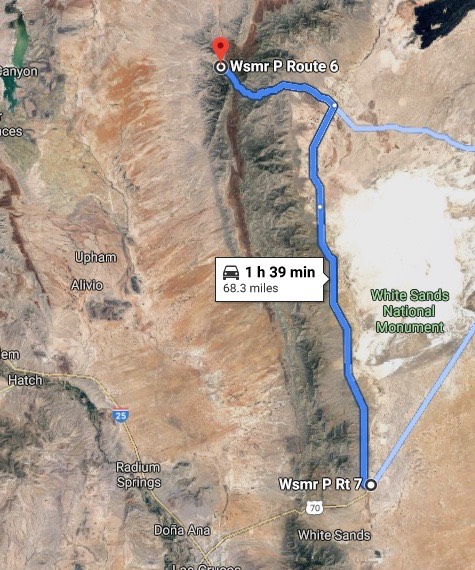
WSMR is an area of significant botanical interest. Vegetation of White Sands Missile Range, New Mexico Volume 1 and Volume 2 are helpful reading for anyone interested in visiting the area. They describe the numerous plant communities found on the Range.

The Vegetation of White Sands Missile Range, New Mexico
Volume 2, page 15, Esteban Muldavin, Glenn Harper,
Paul Neville, and Yvonne Chauvin, 2000
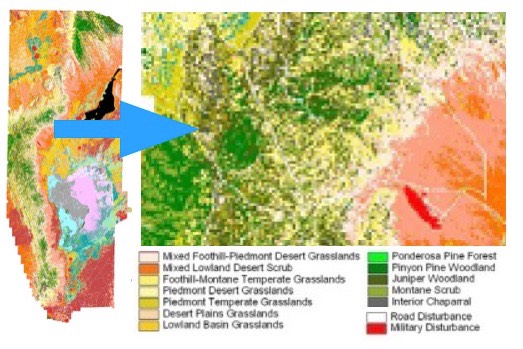
Detail of the area we visited.
The San Andres are geologically and botanically different from the Organ Mountains to the south. The Organ Mountains are angular and composed of intrusive granite and rhyolite flows. The San Andres Mountains are “softer”, more rounded, being formed as part of the Rio Grande Rift Valley. The San Andres are west-dipping fault blocks of sedimentary strata, mostly limestone.

The Organ Mountains from the East
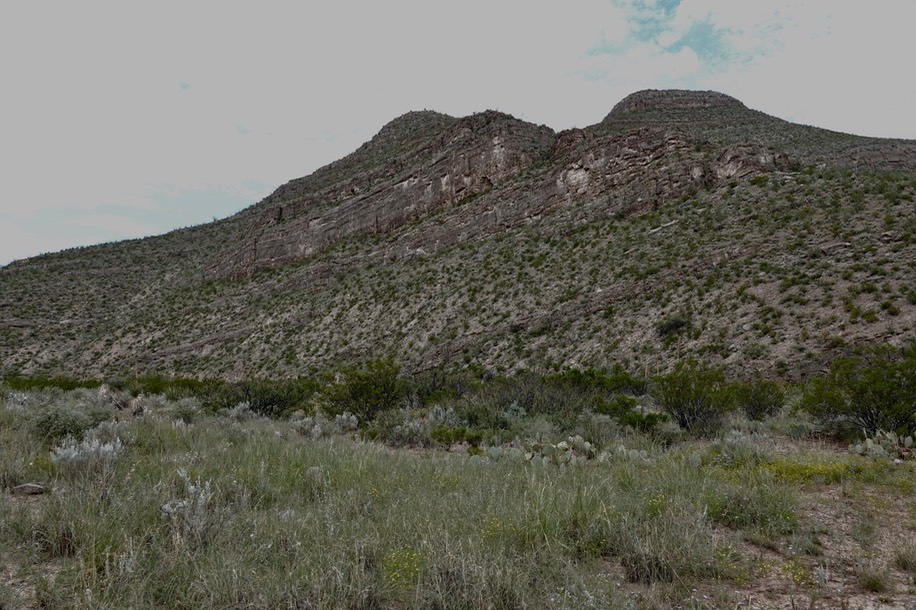
Limestone strata in Rhodes Canyon
On the mammal front, the highlight of the trip was the four Oryx standing beside the road on the drive back.
Special thanks to the Native Plant Society of New Mexico, Las Cruces Chapter, and to John Freyermuth in particular. Dr. David Lee Anderson led the tour, he is the former rangeland manager for the missile range and has a wealth of knowledge. His public service in leading such tours is both noteworthy and laudatory. John and David have compiled a (tentative) list of plants seen on this outing, see attached.
In addition to the species depicted to the left, there were many other plants identified during the outing, including Anoda cristata, Oenothera hartwegii, Psilostrophe tagetina, (possibly) Opuntia camanchica, Machaeranthera tanacetifolia, Sphaeralcea polychroma, and Glandularia bipinnatifida. Any errors (please report them to me) are solely my own.
